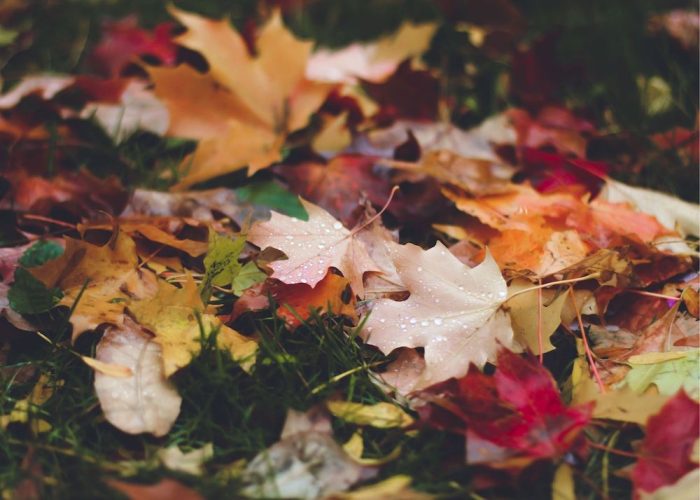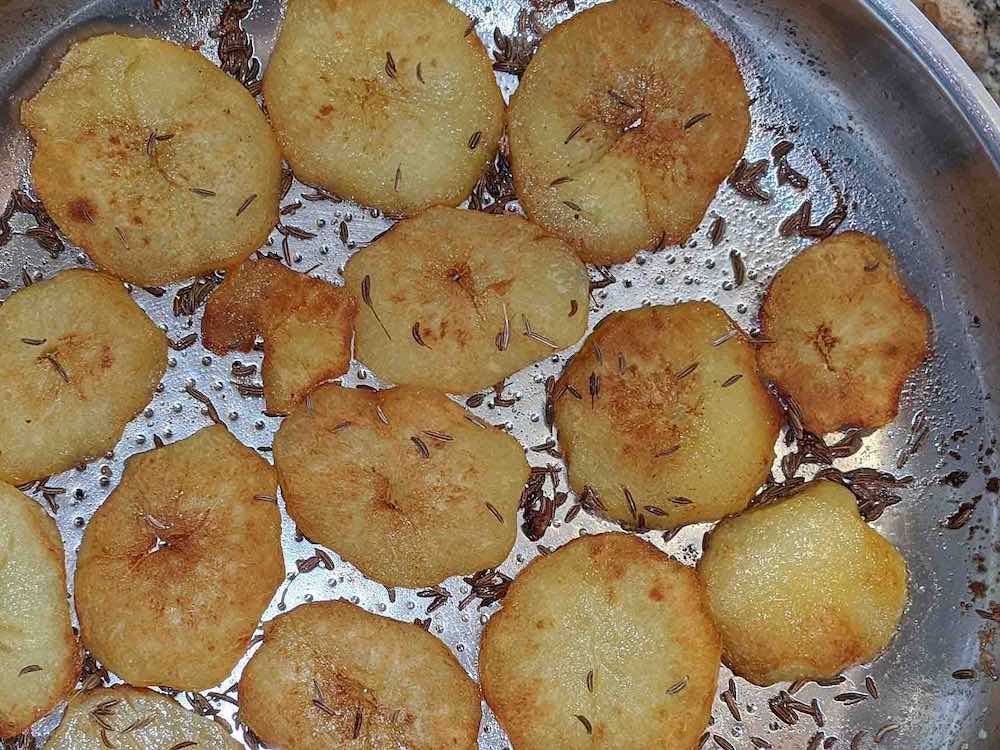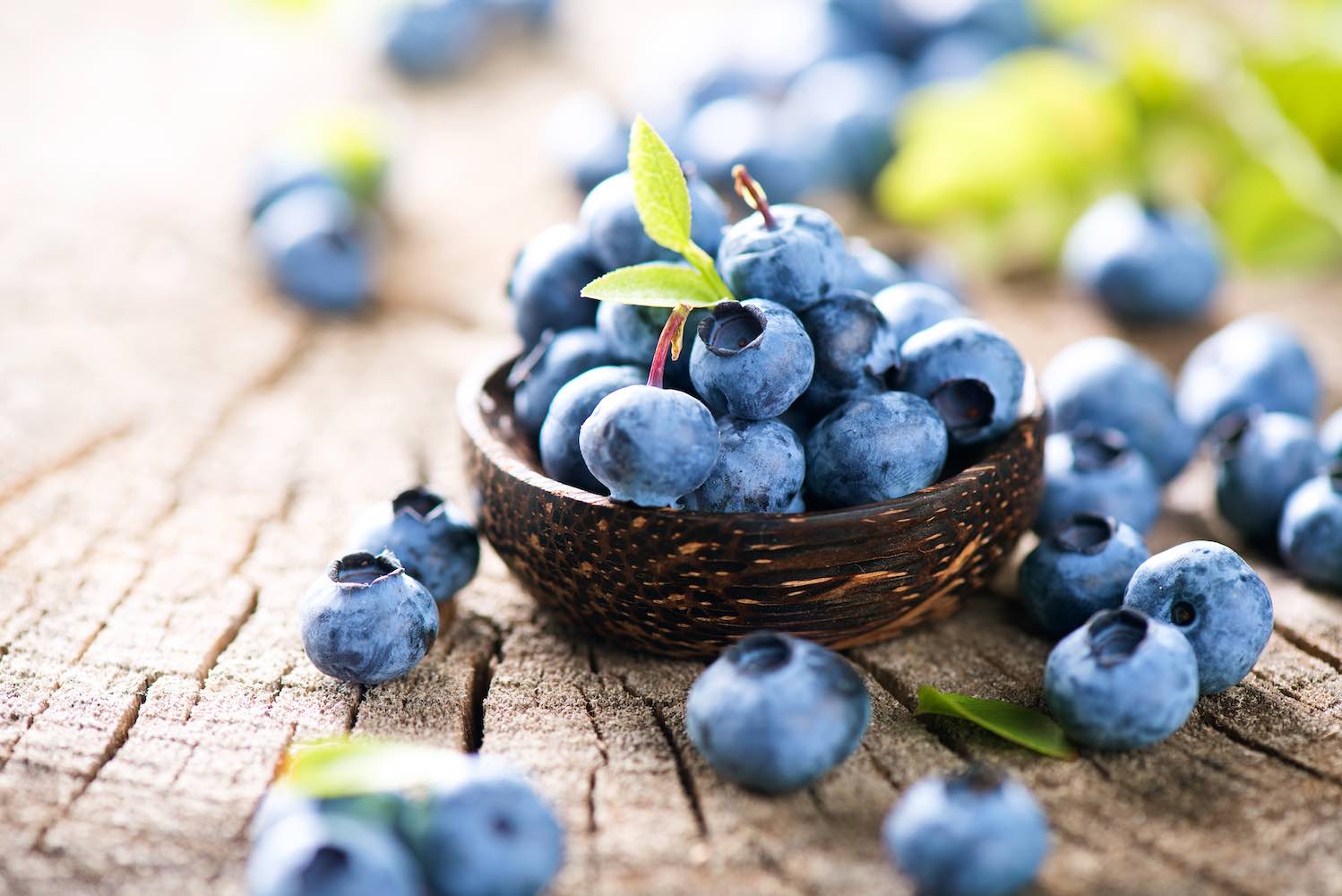As someone who often struggles to accept change, there is one transition I consistently look forward to every year – the seasonal shift from summer to fall. Just the thought of cooler temperatures, hot apple cider, and knee-high boots with jeans makes me want to run around throwing handfuls of crunchy leaves into the air like some kind of pumpkin spice latte–fueled fairy.
Even though this is a transition I look forward to, it’s still a change, nonetheless, and the turning of the seasons marks a perfect time for reflection and introspection. Throughout history, different cultures have created varied narratives involving the seasons and their every-changing progression. My paternal grandfather was half Native American, of the Iroquois tribe. He never spoke much about this aspect of his identity; raised in an orphanage and ultimately adopted by a Caucasian couple, he wasn’t fortunate enough as a young man to live in a time when diversity and differences were seen as things to be respected and celebrated, rather than repressed, ignored, or even hated. Although he passed away last year, I’ve become increasingly interested in this aspect of my heritage as I’ve gotten older, and one of the things that impresses me most about the Native Americans I’m descended from is their connection to nature, as well as their focus on marking the passage of time and honoring the arrival of change through festivals and celebrations.
Unlike the time-obsessed culture I grew up in, the Iroquois weren’t especially interested in hours, minutes, or seconds. To them, day and night marked the smallest division of time, while the most important times involved the phases of the moon and the changing seasons. When the first corn crop ripened and was ready to be picked at the end of summer, the onset of autumn was celebrated with the Green Corn Festival. The term “green corn” referred to ripened sweet corn that was ready to be eaten. It is important to note that the date of the Green Corn Festival was never determined ahead of time – it was entirely dependent on the corn. As this process wasn’t something that could be rushed, patience was needed, and importance was placed on being grateful for resources that were yet to come.
The Green Corn Festival lasted for many days. The first few days were spent in preparation and involved men and women fasting and cleansing both themselves and their homes. They drank a special mixture intended to purify their bodies before taking the first bites of the first corn harvest. Feasting was accompanied by singing, dancing, playing games, and telling stories in the longhouse, the traditional gathering place for the tribe.
While I’m aware of when summer gives way to fall, I can’t say I’ve ever done anything special to mark the transition, other than swapping out the shorts and summer clothing in my closet for pants and sweaters that live in plastic tubs the rest of the year. Although I don’t have a field full of ripening corn to tell me when fall has officially arrived, I’ve decided I can find other ways to commemorate the change of seasons.
1. Start or update a home altar.
Moving from one season to another is a great time to create or update your home altar. If you’ve always wanted to have an altar in your home, Breathe Together Yoga instructor Prajna Vierira offers four simple steps on creating a sacred space. In order to honor the transition from summer to fall in your divine space, healer and seer Juliet Diaz suggests using items from nature, such as acorns, colorful leaves, handmade garlands of wheat or corn, and wood from cedar, oak, and pine trees.
2. Create a seasonal mandala.
This is a wonderful practice that can inspire introspection while also being a great project to complete with kids. Mandalas made from seasonal materials discovered outdoors are a form of ephemeral art, art that is appreciated precisely because it is impermanent and not intended to last forever. Set aside some time to spend outside, either in your yard, out on a trail, or even at the beach. Collect objects that speak to you, including but certainly not limited to: berries, twigs, leaves, driftwood, shells, seaweed, flower petals, or anything else that resonates with you. Clear a relatively-flat area of land and pick an item to serve as the center of the mandala. Then, create ever-larger concentric circles radiating out from your center object, or create other symmetrical patterns – there’s no wrong way to create a mandala. This can also be a grounding practice, helping us focus on individual pieces of nature and creating pleasing shapes that celebrate the fruits of one season while anticipating the upcoming bounty of another.
3. Reflect on the past and dream about the future.
Consider writing a one-page summary or even a bullet-point list chronicling your experiences over the summer. You might want to recount lessons you learned, happy surprises you encountered, or ways in which you grew. The transition from summer to fall is also a good time to think about what dreams or goals you want to pursue in the next few months and how you can nurture yourself and those you love as the days get shorter and the air becomes cooler.
When attempting to honor the end of summer and the beginning of fall, it’s really about intention and taking a moment out of our day to offer acknowledgement and appreciation for all we have and all that surrounds us.
Do you have other traditions for honoring the changing of seasons? I’d love to hear about them – let us know in the comments below!














